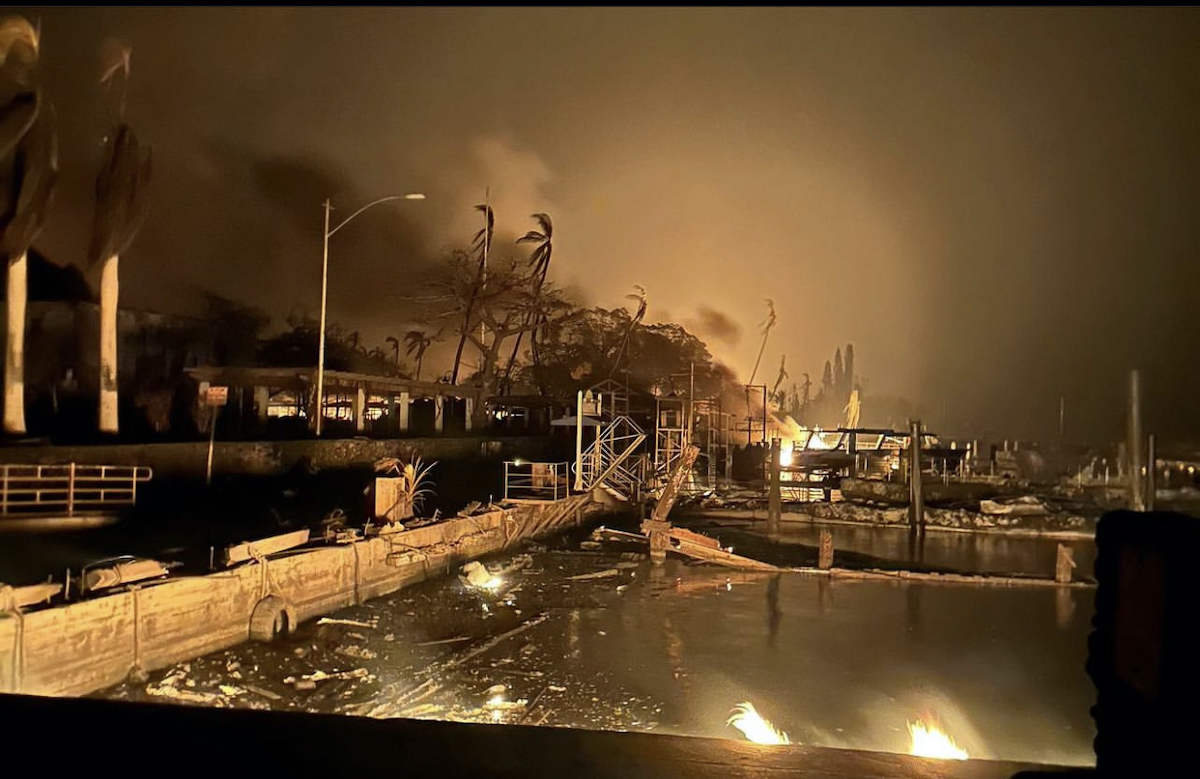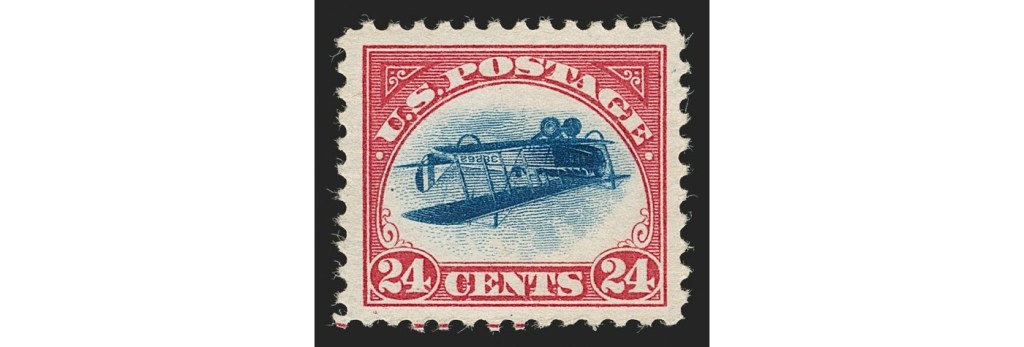The wildfires in Maui have had a devastating impact on the Hawaiian community over the past two days, as the island’s residents grieve the loss of family and friends and struggle to locate the hundreds of missing or displaced community members as a result of the fierce blazes that began on August 8. Today, President Biden pledged emergency federal funding assistance to aid state and local first responders. On top of the loss of life, the island’s community is also grappling with the destruction of cultural and historic sites that have served as gathering spaces for multiple generations of Hawaiian residents including the Kānaka Maoli, the Indigenous people of Hawai’i.
On Wednesday, Maui County officials reported at least 271 structures destroyed in Lahaina — the former capital of the Kingdom of Hawai’i — after flames exacerbated by low humidity and high winds from Hurricane Dora tore through the town on Tuesday afternoon into the next morning. Located on the island’s west side, the town is home to over 12,000 residents, according to 2020 census data. In addition to homes and businesses, the fire scorched the historic fishing village’s 150-year-old banyan tree, which conservationists believe to be the largest in the United States. The flames also eviscerated the town’s 122-year-old Pioneer Inn, a designated National Historic Landmark that at one point in time was a popular hub for whalers. Additionally, Maui News reported that the 200-year-old Waiola Church and a 90-year-old Buddhist temple were both lost to the wildfires.
Local residents also told CNN yesterday that the blaze decimated the Baldwin Home Museum, the oldest house on the island. A former missionary compound, the structure dates back to 1834. Only a day earlier, the Lahaina Restoration Foundation had posted online that the Baldwin Home would be closed, alongside the Wo Hing Museum and Cookhouse Theater, the Old Lahaina Courthouse Museum, and the Lahaina Visitor Museum. The Lahaina Restoration Foundation has not yet responded to Hyperallergic’s request for more information on the current status of the other museums.

Community members are also mourning the loss of Lahaina’s Na ‘Aikane o Maui Cultural Center, a two-story community space that housed cultural artifacts and research materials, and acted as a meeting space for locals and visitors alike. Cultural caretaker of the center Ke‘eaumoku Kapu told local reporters that the “unreal” heat from the flames forced him and his wife to evacuate the property with only a computer, tablet, their wallets, and the clothes they were wearing.
“All I could smell was the smoke and feel the heat,” Kapu told Maui Now.
As the couple drove away, Kapu said he saw the fire engulf the center.
“That is all gone,” Kapu told reporters. “The place is burnt down to the ground.”
Before the Na ʻAikane o Maui nonprofit took over the center in 2011, the space held a variety of purposes over the years. Once the Malu-ulu-o-lele Cultural Center, the building hosted nonprofit organizations, a senior daycare facility, an art gallery, a dance studio, a concert hall, and a meeting venue, according to Maui Now. Efforts to gather donations for the Kapu Ohana and the lost cultural center are already underway.
Kapu and nearby residents have not yet responded to Hyperallergic‘s request for comment.
“Tragedy that hits one of us is felt by all of us,” Maui Mayor Richard Bissen said in a video message to the public. “Even though we are hurting we are still able to move forward especially when we do it together. In the days ahead, we will be stronger as a kaiāulu, or community, as we rebuild with resilience and aloha.”



